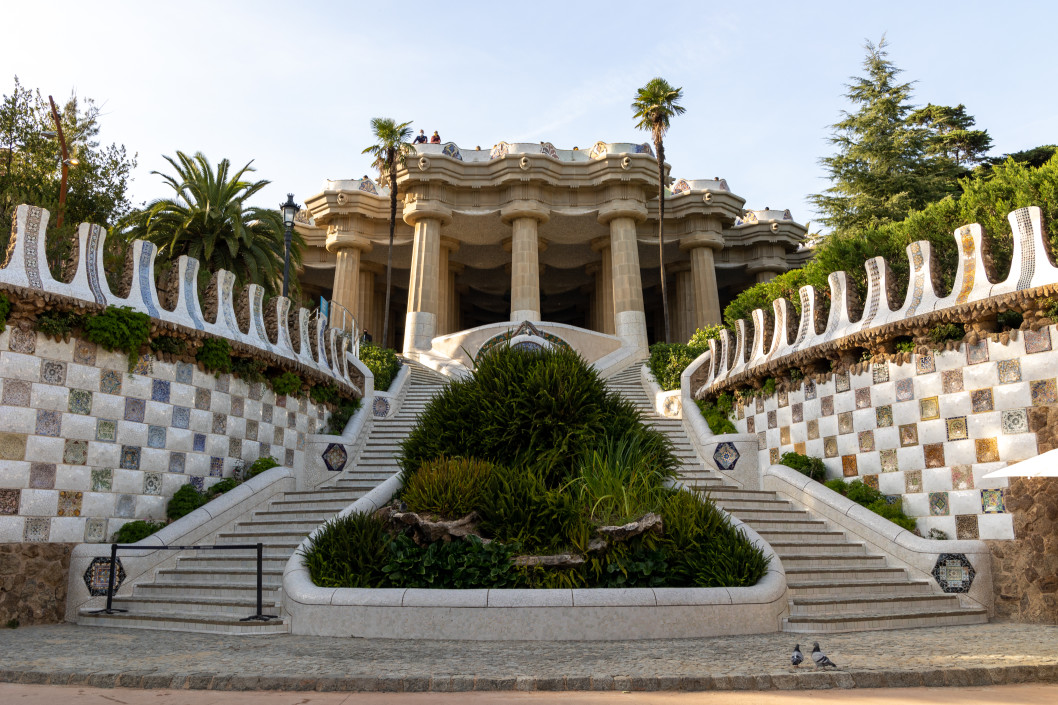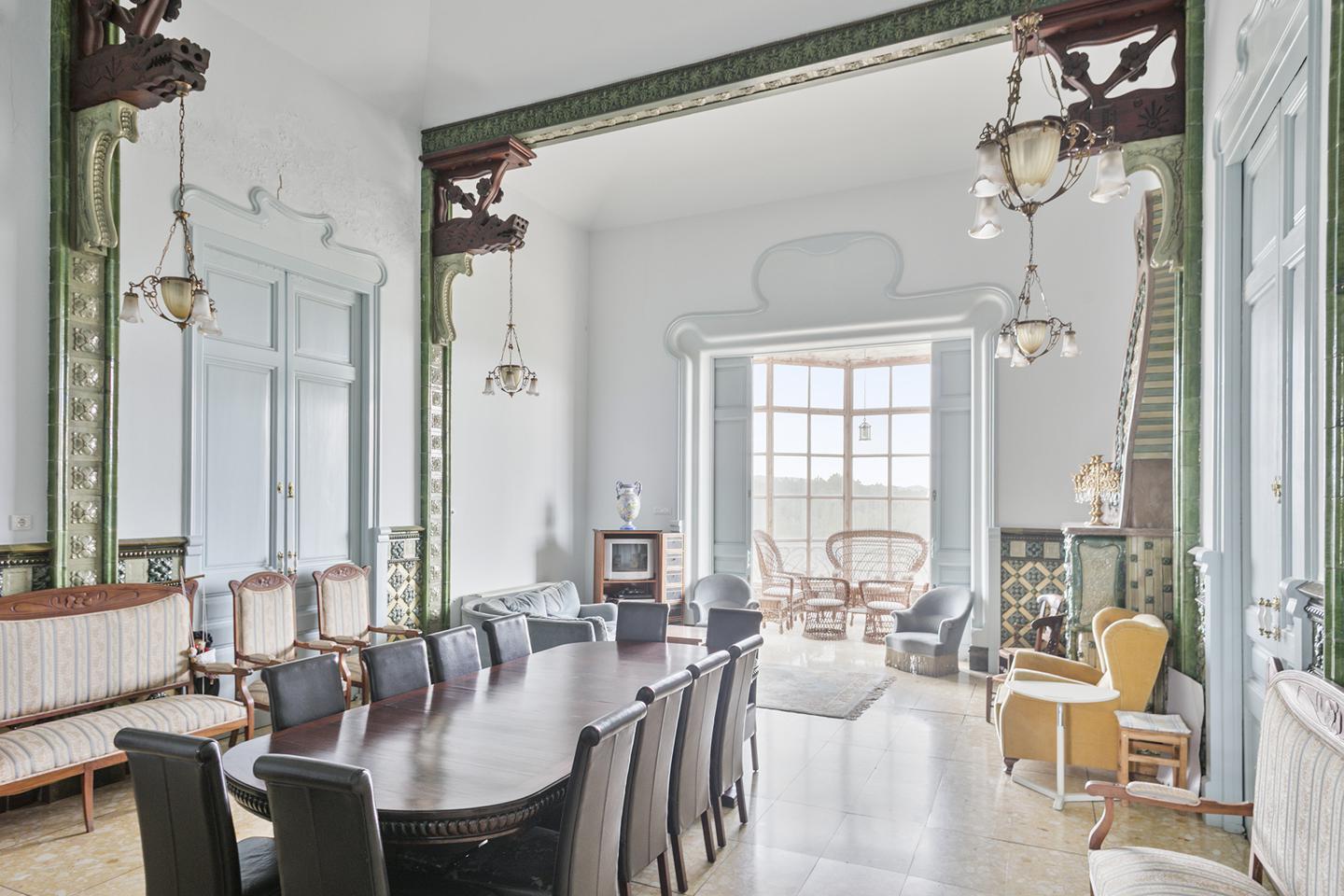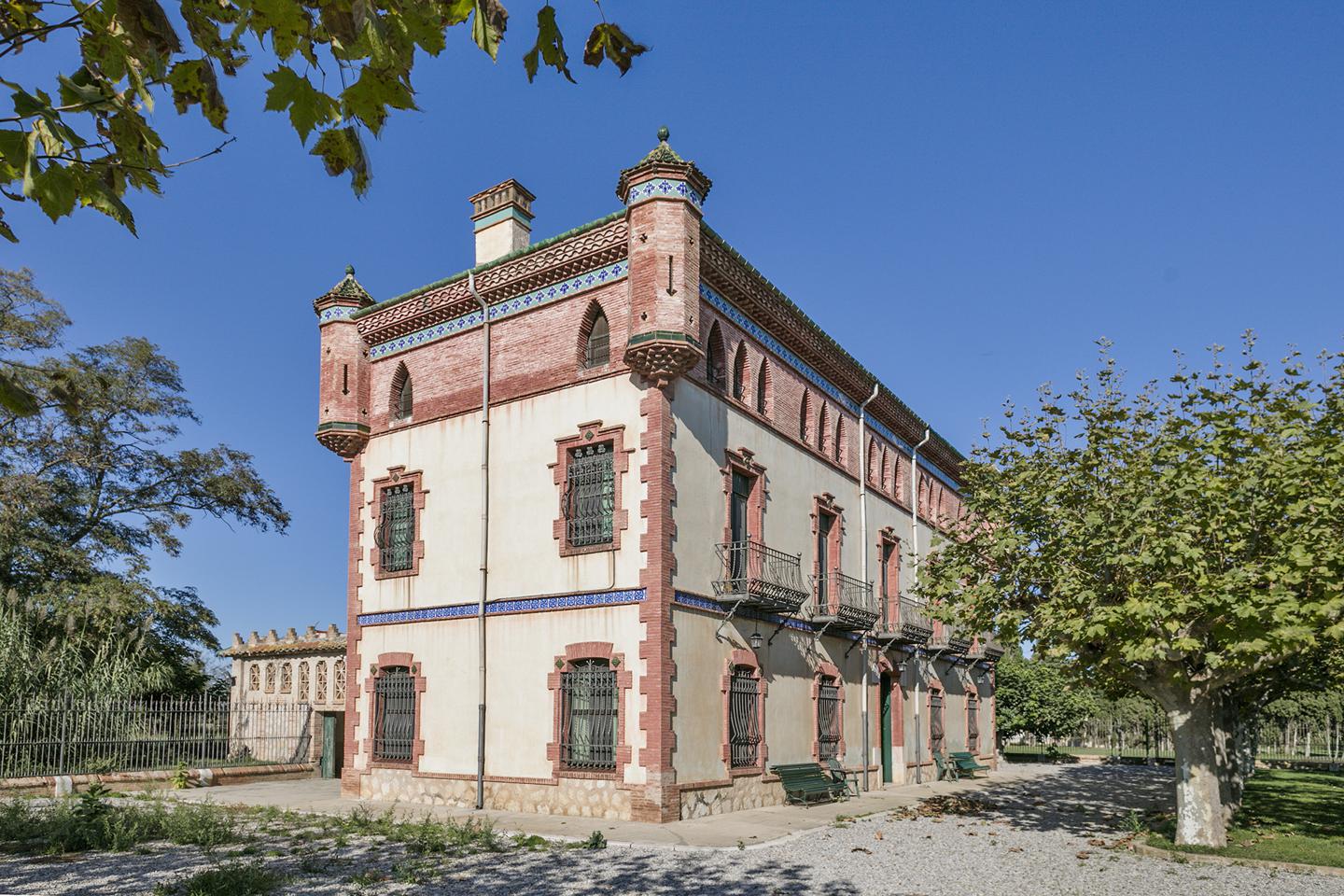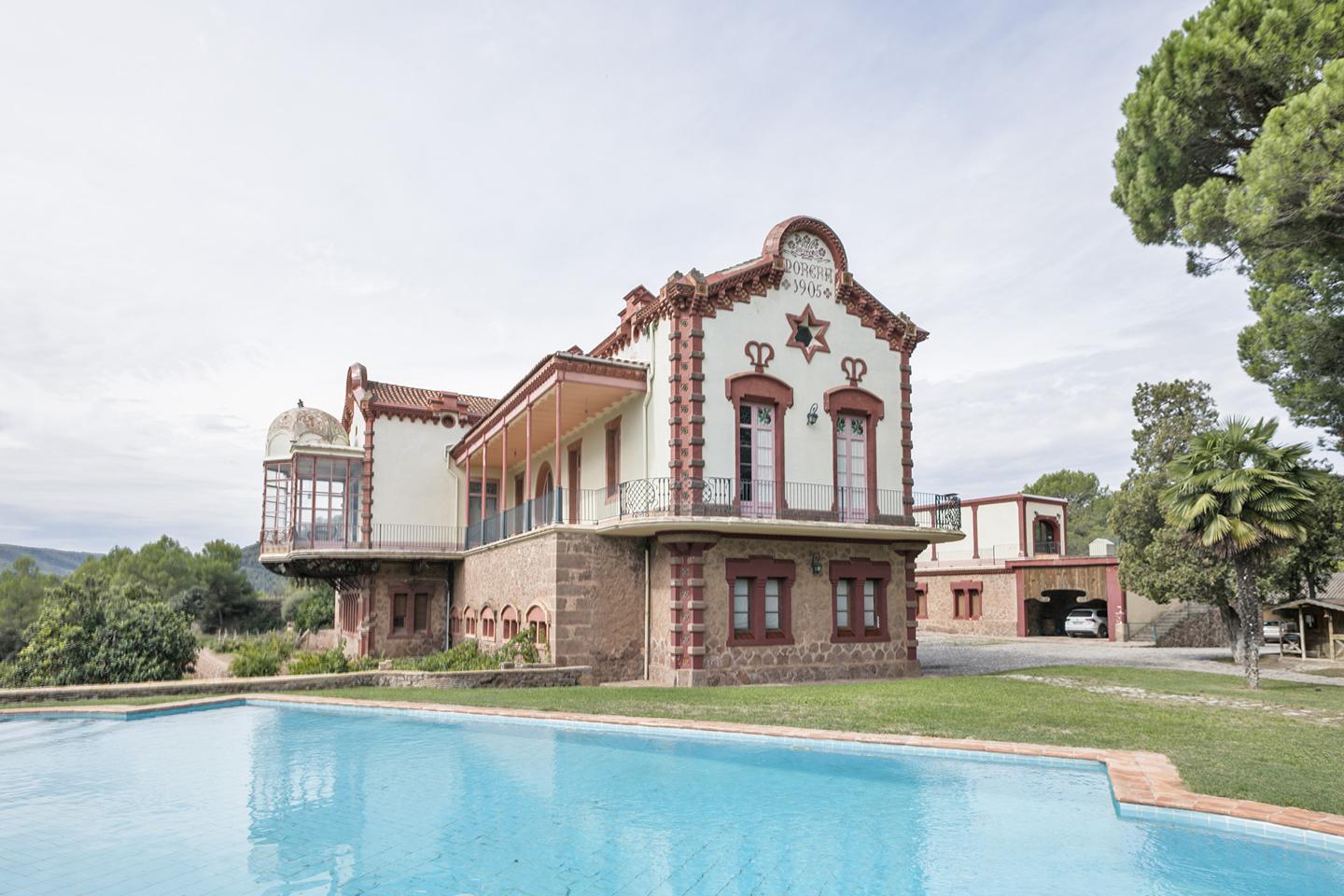Modernism: Catalonia’s most celebrated architectural export
Modernism must surely be ranked as one of the most visually captivating artistic movements of the turn of the 20th century. Let’s take a trip to Catalonia, known the world over as the place where this eclectic style really took off, thanks to the masterpieces dreamed up by three inimitable greats: Lluís Domènech i Montaner, Puig i Cadafalch and the fabulous Antonio Gaudí.
Modernist architecture revived a passion for organic forms inspired by nature, making use of new materials like steel, wrought iron and glass. It’s a vibrant, energising movement fond of asymmetric shapes, exquisite details and bold colours. It’s also known for a meticulous architectural coherence between exterior and interior – a unity of style and structure, décor and embellishment.
Modernism’s roots lie in Belgium, where it came to be known as Art Nouveau. It would go on to create enthusiasts all over Spain, particularly in Catalonia. Today, visitors flock to Barcelona to enjoy the wealth of Modernist architecture the city is famous for, but few are aware that Melilla boasts Spain’s second-finest collection of Modernist buildings.
Catalonia’s up-and-coming and mainly urban middle class embraced the movement with gusto, as a symbol and projection of their social rank and Catalan identity. The Palau de la Música Catalana, Casa Amatller, La Pedrera, Parque Güell and La Sagrada Familia are some of Barcelona’s most spectacular examples.
Antonio Gaudí, responsible for the latter three, was one of the greatest exponents of Spanish Modernism. His shapely and expressive architecture is strikingly sculptural, appearing to emerge organically from its environment. Gaudí also took charge of the interior design of his buildings, seeking that fluent visual integrity typical of the Modernist movement.

Noucentista homes
In Barcelona and all across Catalonia there is no shortage of these architectural jewels, a defiant response to the ‘vulgarity’ of industrial society at the time. At The Singular Space, we’ve handpicked some of the finest examples. One of our favourites is this stunning country house in Barcelona province, built in 1905. Revelling in panoramic views of Montserrat, this beautifully maintained property is ensconced in an enchanting 30 ha estate amid stands of fruit and olive trees.
The house was designed by artist and architect Ignasi Oms i Ponsa, an iconic figure in the Catalan modernist movement at the turn of the twentieth century. An extraordinary architectural find, it would make a sublime home or business opportunity. The main house features an elegant staircase ascending to the main entrance and exquisite stained-glass windows, each conveying the curvaceous exuberance of the Noucentista movement.

In Girona province, the Aiguamolls de l’Empordà Natural Park provides a picture-perfect setting for this spectacular 1903 Modernist country mansion, cradled by the Muga and Fluvia rivers. It’s attributed to the renowned architect Josep Azemar i Pont, who designed both the house that would become famous as Salvador Dalí’s birthplace and the Teatre Municipal de l’Escorxador in Lleida, a cherished part of the architectural heritage of Figueras and a fine example of Catalan Modernism.

